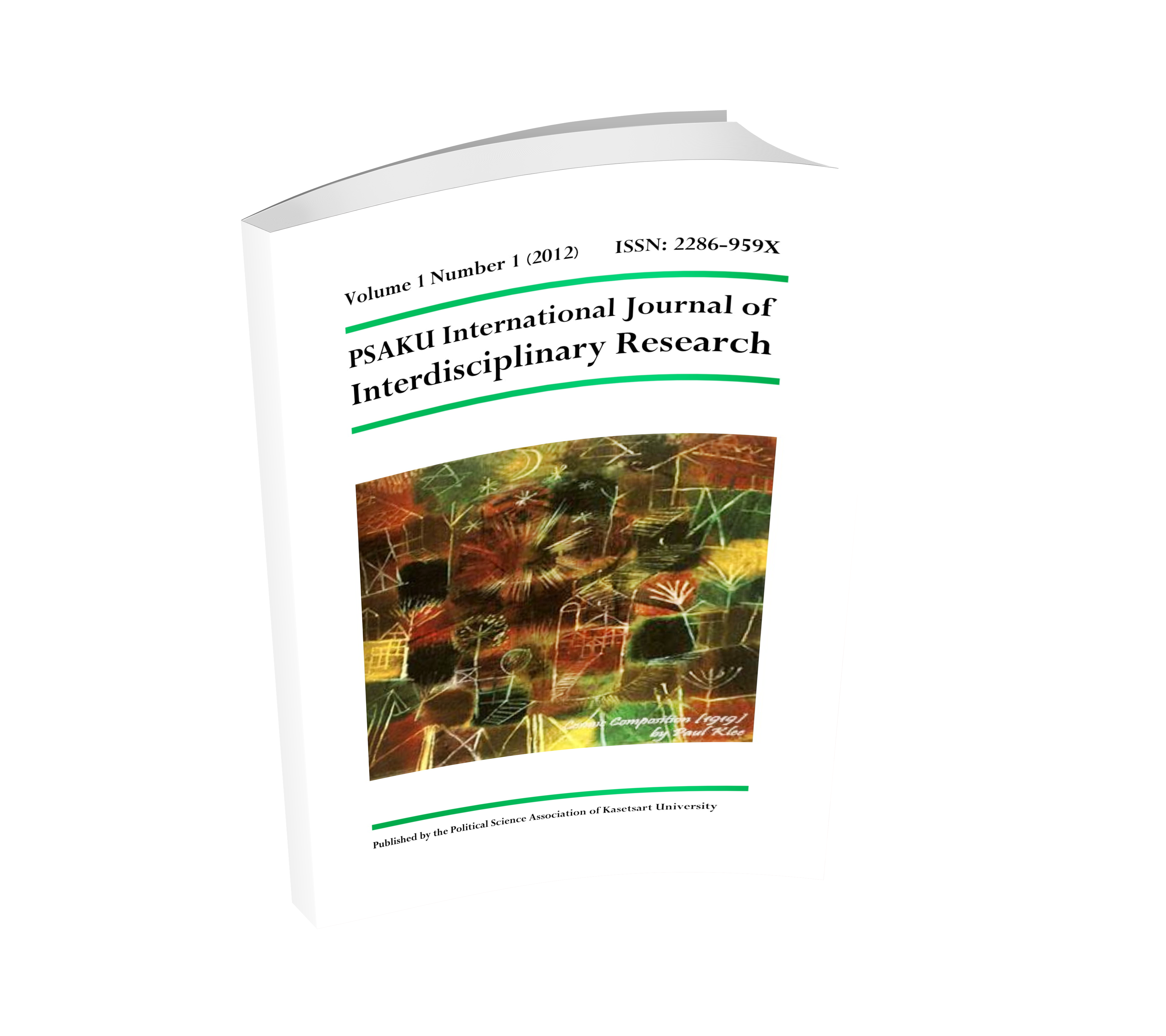Technical Efficiency of Public Insurance Health Centers in Gezira State of Sudan
Keywords:
Data Envelopment Analysis, Indirect Primary Health Centers Constant, Technical Efficiency, Variable Return to ScaleAbstract
This is the first study that addresses the technical efficiency in primary health care level in Sudan according to the available information. The study aimed to measure the technical efficiency of 31 direct and 57 indirect insurance public primary health centers in Gezira State in Sudan and to identify the possible factors affecting the technical inefficiency of both. In the first stage, an input orientated data envelopment analysis (DEA) was done to compute the technical efficiency scores for both types of health centers. In the second stage regression analysis was done using Tobit model to determine the effect of certain factors in terms of magnitude and direction on technical inefficiency of the health centers. The study revealed that the average technical efficiency score of direct and indirect health centers was 32% for constant returns to scale and 77% for variable returns to scale. The results also showed that 44.6% of direct and 43.7% of indirect health centers were run inefficiently. From the results of the regression analysis, the type of the health center, the size and the location-size were found to be significant and negatively affecting the technical inefficiency of the health center. The location, the ratio of medical to non-medical staff, the size in form of square and the time dummy variable for year 2012 were significantly affecting the technical inefficiency but in the positive direction. Other factors found to have insignificant effects including the time dummies for years 2010 and year2011. Furthermore the study recommended corrective actions for policy makers to improve the performance of primary health centers.












.png)

